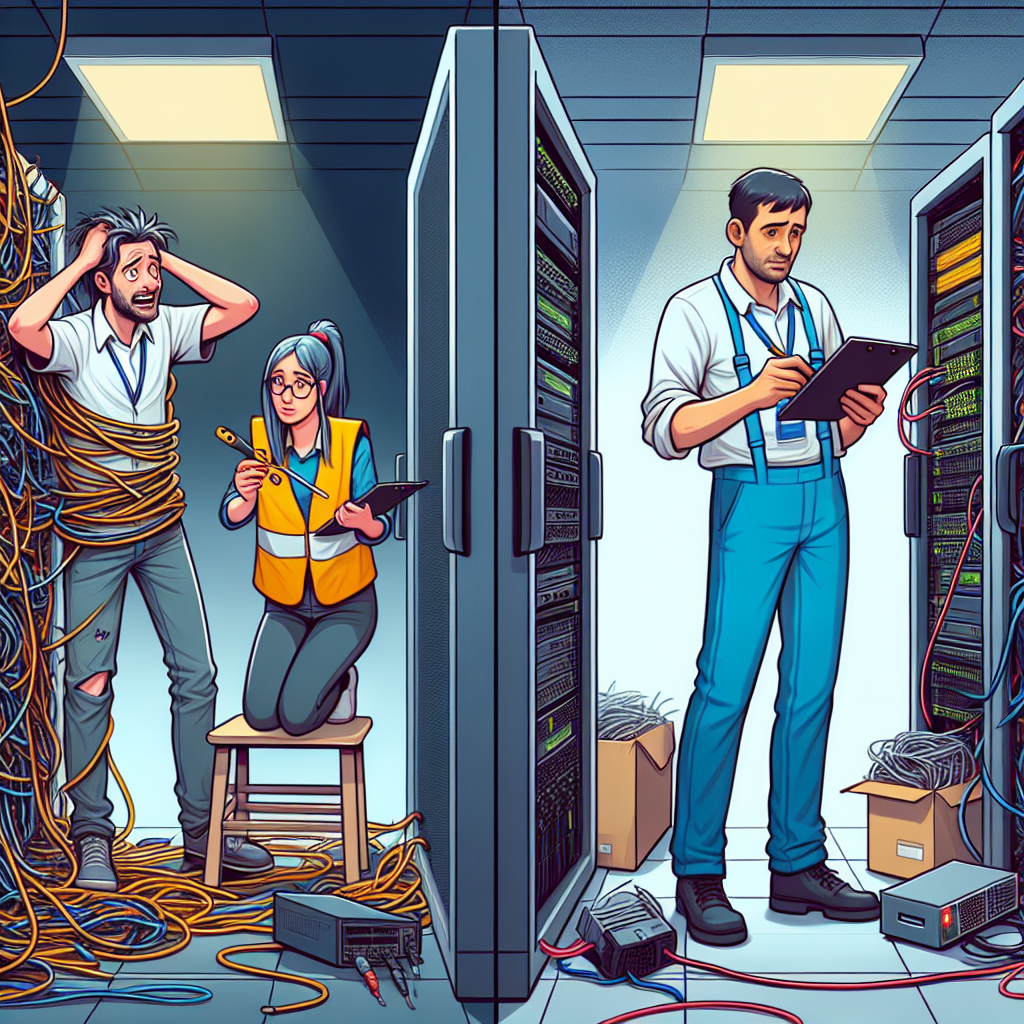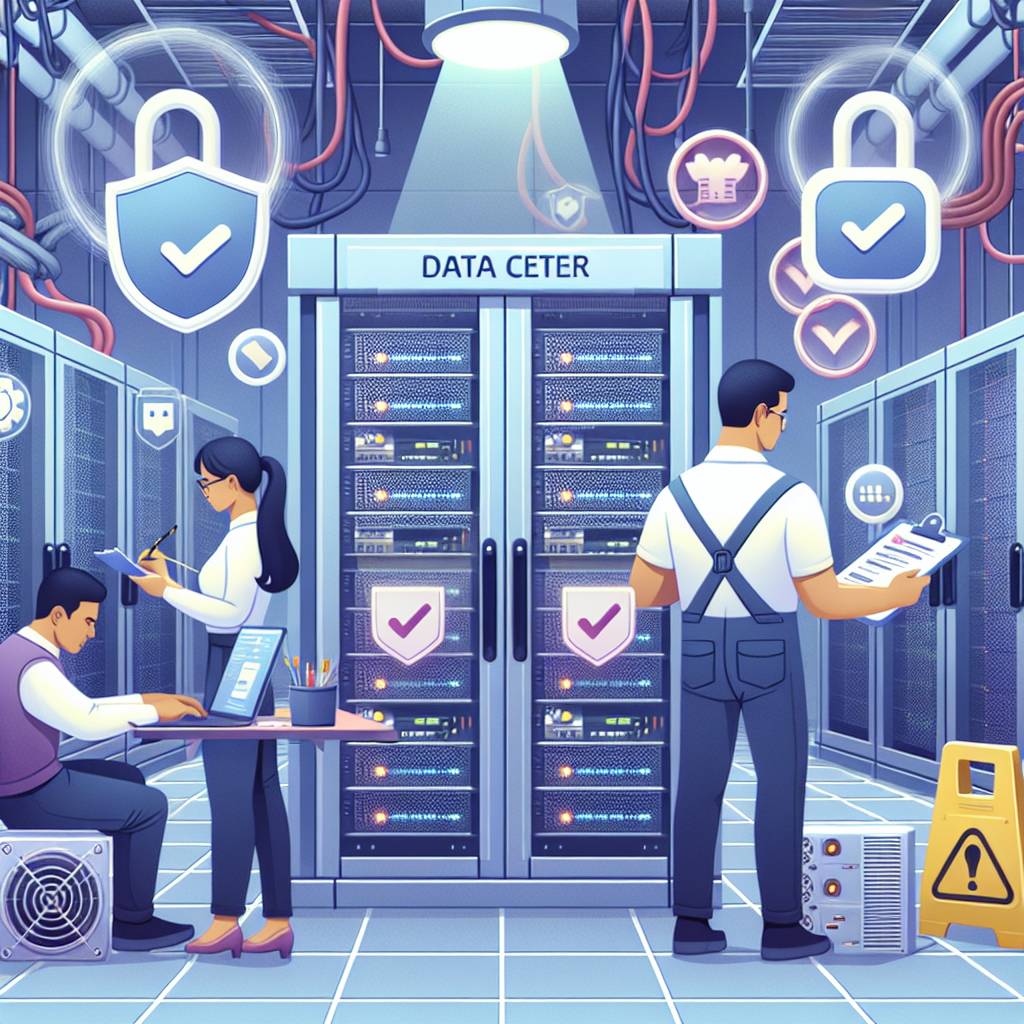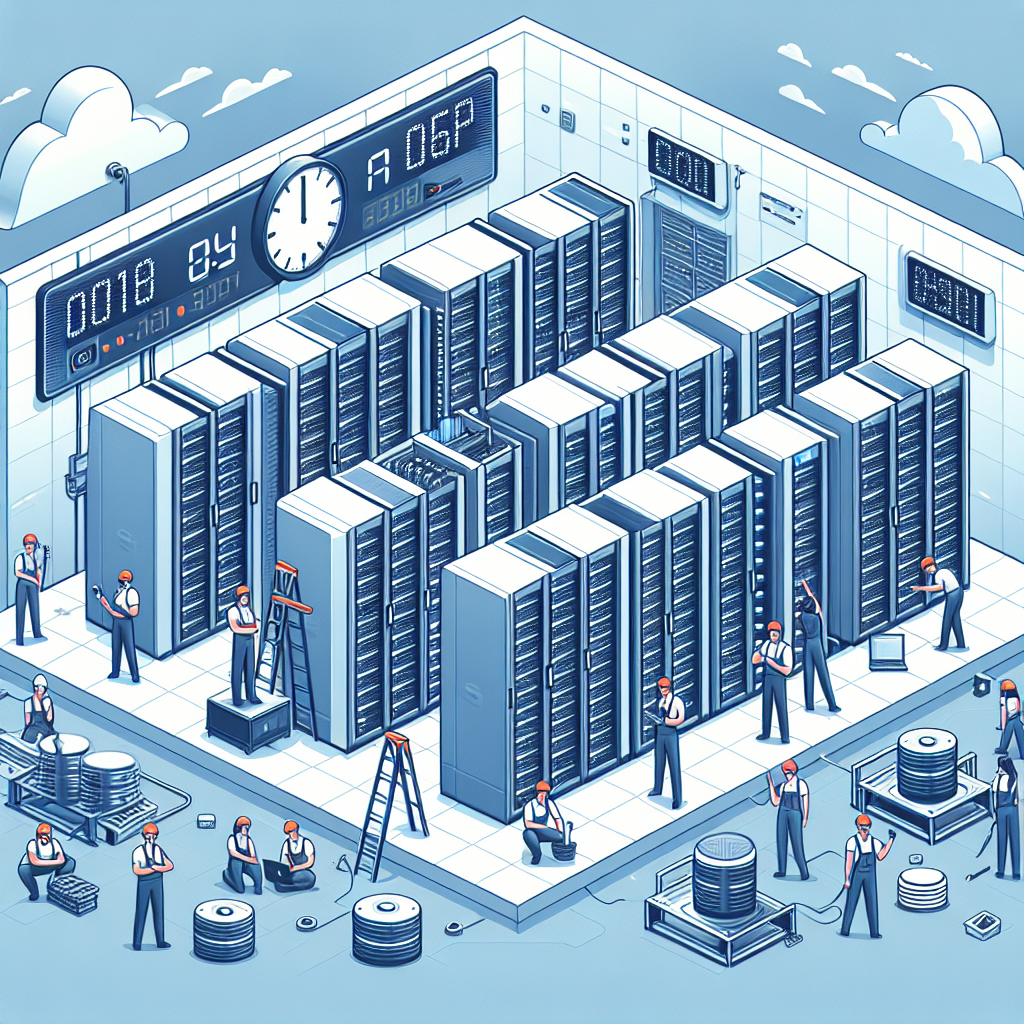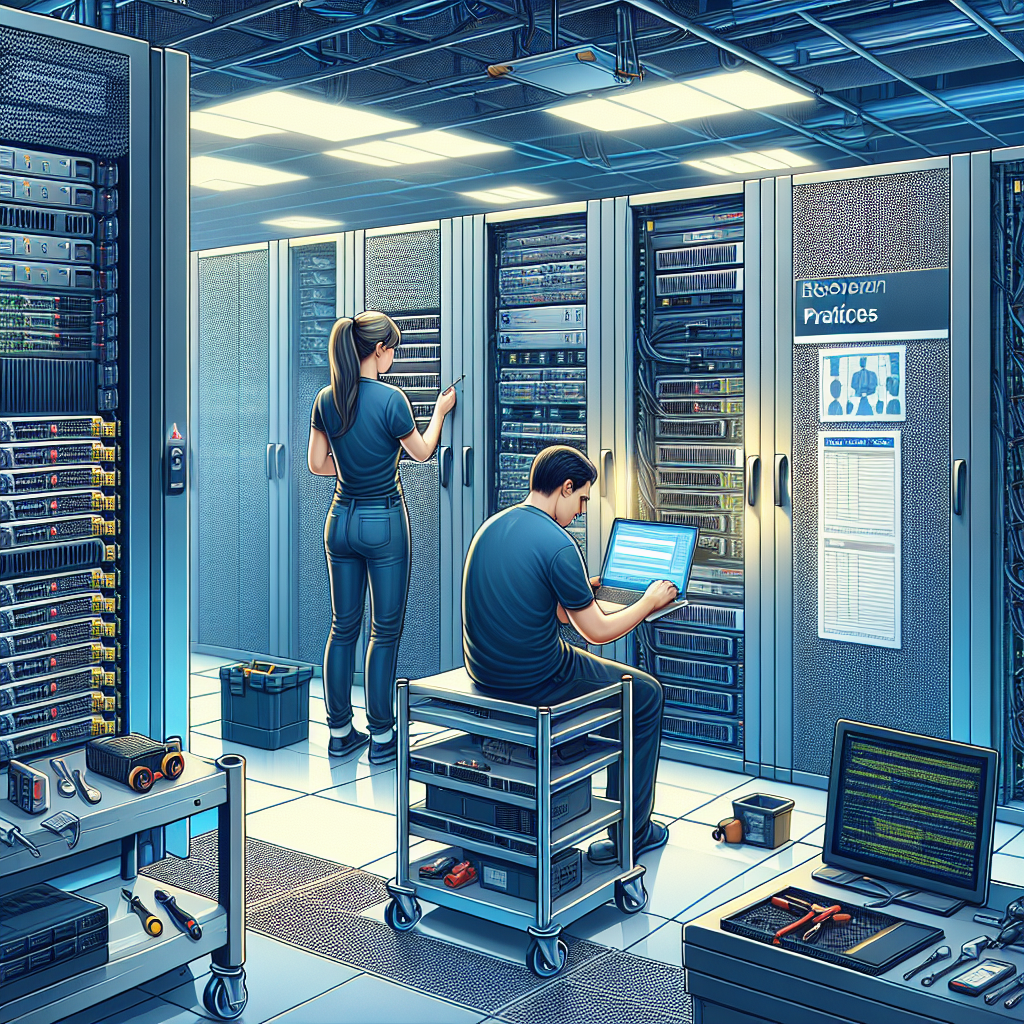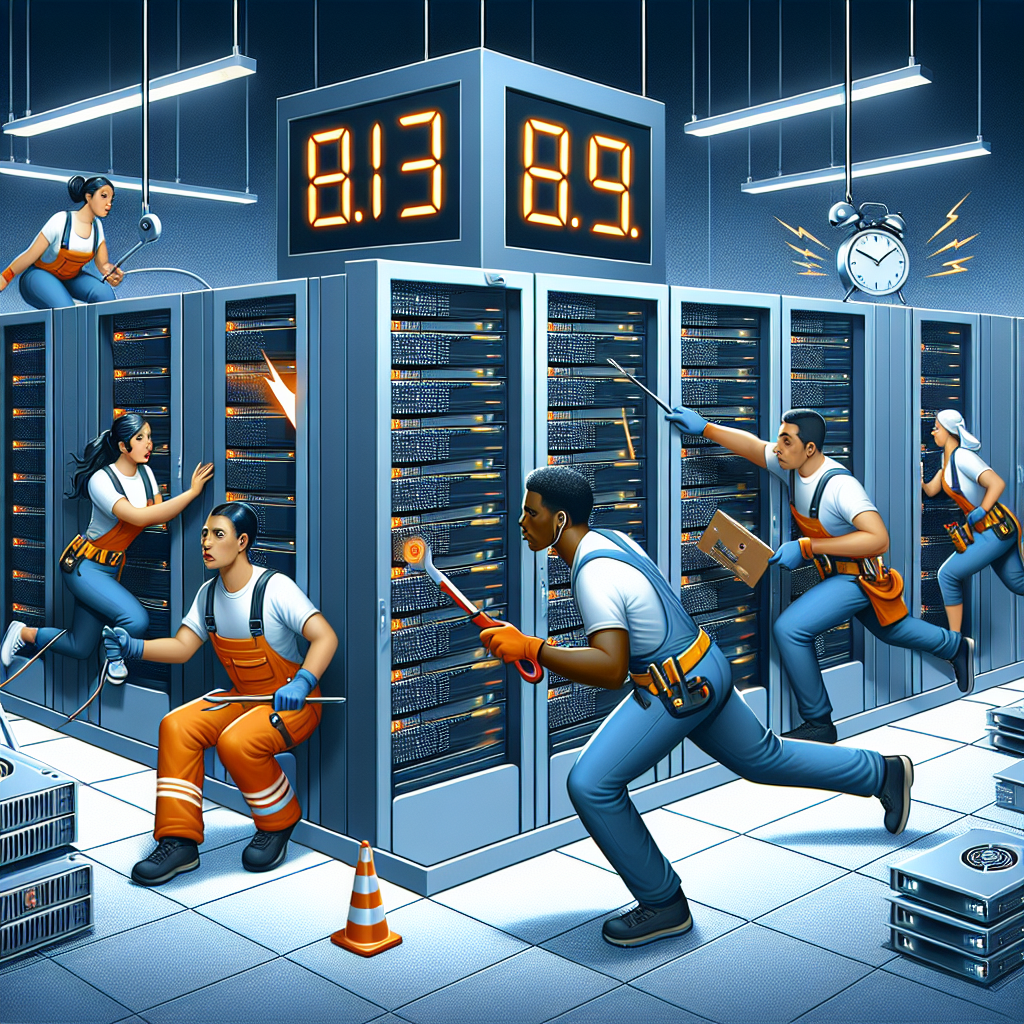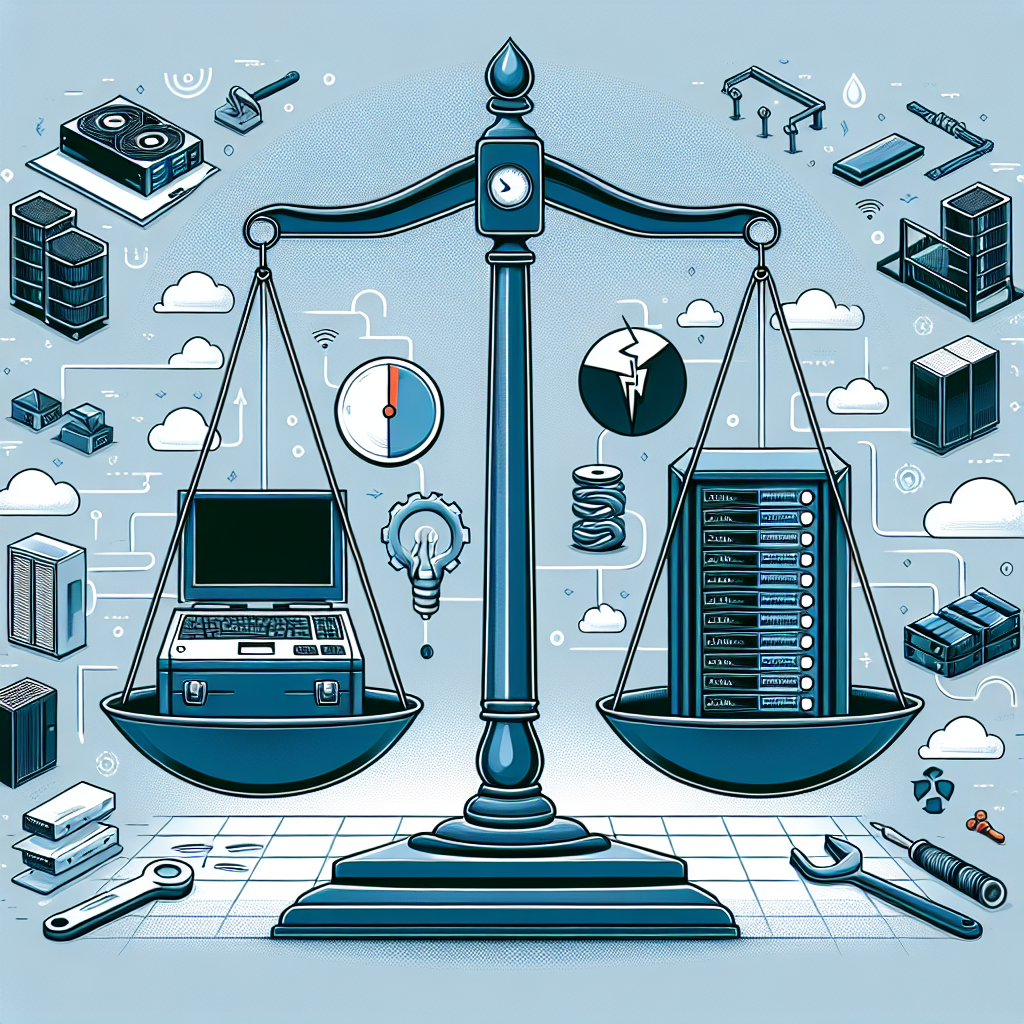Data centers are the backbone of modern businesses, housing critical IT infrastructure and storing valuable data. When a data center experiences an issue or outage, it can have serious repercussions on a company’s operations and bottom line. It is essential for businesses to have a plan in place for effective data center repair in order to minimize downtime and ensure that operations can resume as quickly as possible.
Here are some expert tips for effective data center repair:
1. Have a comprehensive maintenance plan in place: Regular maintenance is key to preventing issues and ensuring the smooth operation of a data center. Make sure to schedule routine inspections and maintenance checks to identify any potential issues before they escalate into major problems.
2. Identify and prioritize critical systems: Not all systems in a data center are created equal. It is important to identify the most critical systems and prioritize their repair and maintenance to minimize downtime and ensure that key operations can continue running smoothly.
3. Implement redundancy and failover systems: Redundancy and failover systems can help ensure that operations can continue even in the event of a hardware failure or outage. Implementing backup systems and failover mechanisms can help minimize downtime and ensure business continuity.
4. Work with experienced professionals: When it comes to data center repair, it is important to work with experienced professionals who have the knowledge and expertise to effectively diagnose and address issues. Make sure to partner with a reputable data center repair company that has a track record of successful repairs and maintenance.
5. Communicate effectively with stakeholders: In the event of a data center outage or issue, effective communication is key. Make sure to keep stakeholders informed about the situation, the steps being taken to address it, and the expected timeline for repair. Clear and transparent communication can help reduce anxiety and ensure that everyone is on the same page.
6. Test and document procedures: Regularly testing and documenting repair procedures can help ensure that data center repair processes are efficient and effective. Make sure to conduct regular drills and simulations to test the effectiveness of repair procedures and identify areas for improvement.
By following these expert tips for effective data center repair, businesses can minimize downtime, ensure business continuity, and protect the valuable data and systems housed in their data centers. With a comprehensive maintenance plan, experienced professionals, and effective communication, businesses can be prepared to address any issues that may arise and keep their data centers running smoothly.

